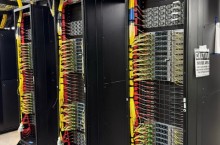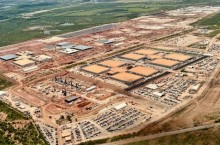CIO en VO : Les architectes sont essentiels en temps de crise
Enterprise architects should use the current economic uncertainty to push business unit executives into genuine collaboration, according to a new paper from Forrester.
PublicitéThe analyst group has warned enterprise architects to anticipate the impact of the economic slowdown and start refining their assumptions and goals. "When the economic climate is uncertain and threatening to become less friendly, executives take a closer look at the value of their investments. They will put IT projects - and IT organisational units - under the magnifying glass and only keep those that they see as either high-impact or non-discretionary", the report warned. "Enterprise architects fear such scrutiny because the strategic focus of enterprise architecture (EA) can make it seem far from a must-have. But careful planning is more important in uncertain times, and architects can guide execs to the best decisions on where to invest and where to cut." The analyst group said, enterprise architects should pro-actively present their CIOs them with a prioritised, cost-quantified list of the low-impact items available for cuts, the most important things not to cut, and the most valuable places to invest any remaining available funds. Enterprise architects who can directly link their past and future activities to business goals can defend their own budgets in harder times. Perhaps more importantly, they can also ensure that short term decisions to ride out the downturn do not damage their organisation's ability to respond to improved economic circumstances. Hot technologies, such as service oriented architecture (SOA) and business process management, "when done right" can make an organisation more flexible and agile, said Forrester. "If adopting SOA sounds like a big pill to swallow in hard times, keep in mind that the best SOA strategies are incremental and evolutionary", the report noted. The report also warned enterprise architects that their technology strategies not only had to be aligned with business goals, but that the business charges them with spotting "game-changing technologies" and leading their organisation "in turning generic new technologies into true business technologies for the enterprise". This requires enterprise architects to be business people before they are technologists and to "use the threat of business impact from an economic slowdown to catalyse collaborative business-IT discussions". If enterprise architects have had difficulty engaging business execs in business strategy or business architecture sessions in the past, a discussion on downturn scenarios "could awaken business-side representatives to the value of regular contact with architects to discuss plans and alternatives", Forrester said.
Article rédigé par
CIO Etats-Unis










Commentaire
INFORMATION
Vous devez être connecté à votre compte CIO pour poster un commentaire.
Cliquez ici pour vous connecter
Pas encore inscrit ? s'inscrire